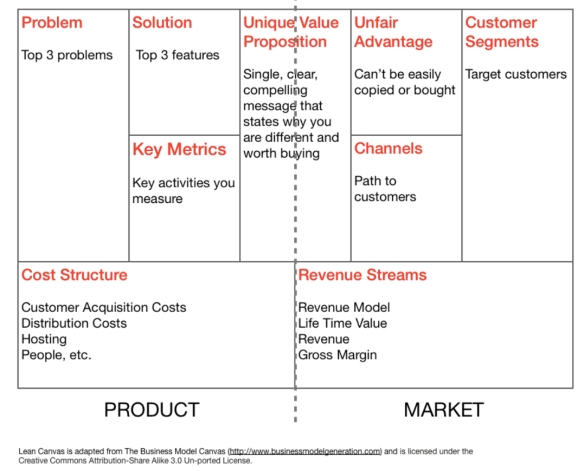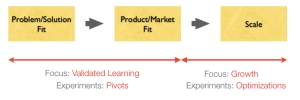 Whether it’s negotiating a big deal or just being a better communicator, Never Split the Difference by Chris Voss will change your communication mind set. If you have not read this book, read it now.
Whether it’s negotiating a big deal or just being a better communicator, Never Split the Difference by Chris Voss will change your communication mind set. If you have not read this book, read it now.
Chris takes his skills learnt in negotiating high stake kidnapping cases and applies them to the business world in this insightful book. Right off the bat he tables the concept that meeting in the middle is just plain wrong, he gives a great example: you want to wear brown shoes, your partner says black – meeting in the middle would be one brown shoe one black. Forget “fair” give yourself a new rule set.
My top 10 takeaways from the book:
- Become a power listener – don’t over prepare for a negotiation, go in with a hypothesis and then ask open questions to validate and adapt your understanding of the client – active listening on steroids.
- Use empathetic language – re-frame using “labels” that describe your perception of their reality or emotions.
- Slow down, aim on taking at least 3 visits to close a big deal – build true empathy and understanding of your counterpart, uncover what you don’t know, you don’t know before attempting to close. Play with chasing NO’s, rather than the YES’s we have all been traditionally taught to seek.
- Negotiate face to face – no matter if it’s on the other side of the world remember words only account for 5% of a message, body language and tone convey the rest.
- Defuse your counterpart with positive affirmation of your worst flaws at the beginning of negotiation – Chris calls this an “accusation audit”.
- Bend reality in price – be prepared for extreme offers, experienced negotiators will often begin with a ridiculous offer and use it as an extreme anchor. “Lets put price aside for a moment and talk about what would make this a good deal”. Likewise find out what would make your offer work for them with other non-price variables. He gives a great example of a ransom demand of $150,000 being paid off with $5,000 because in reality the kidnappers wanted to have a party. Like wise, when you are purchasing don’t shy away from making the extreme offer and even say “this is an extreme offer, but didn’t want you to miss out on working with us”. Suppliers will bite for fear of letting a competitor get in.
- A bad deal is worse than no deal – know when to walk away. Don’t make closing a deal your goal.
- Deadlines rarely are hard deadlines don’t get sucked in.
- Build a list of non-cash offers to help counter price discussions.
- Build a repertoire of power questions, statements (see below)…
Power statements and questions:
Below are some of Chris’s key questions, statements that create great rapport and help you discovery the real negotiating gems…. Noting the language never implies you “know”. The book is fill of many more of these these great tips.
- It’s sounds like you think that…
- It seems like …. is valuable to you
- Its seems like you value…
- Its seems like ….makes it easier
- It seems like you’re reluctant to …
- It looks like…
How or What Questions will help you reveal the value to you and your counterpart, as well as identifying and overcoming deal killers:
- What are we trying to accomplish?
- How is that worthwhile?
- What’s the core issue here?
- What’s the biggest challenge you face?
- How does this fit inti what the objective is?
- What Are we up against here?
- How does making a deal with us affect things
- What happens if you do nothing?
- What does doing nothing cost you?
- Does making this deal resonate with what your company prides itself on?
- What about this doesn’t work for you?
- What would you need to make this work?
- It seems there’s something here that bothers you?
Identify deal killers:
- How does this effect the rest of your team?
- How on board are the people not on the call?
- What do your colleagues see as the main challenges in this area?
In preparing this blog post I have realised this book is worth reading at least twice, it has so much to give.
Chris Voss has a wealth of information and free downloads on his website https://www.blackswanltd.com/
Summer holidays are looming up quick, so get your own copy of this book to read on the beach twice. I will be reading it again over the break, it was so good I couldn’t wait to share the power of this book.
PS: Apologies for the massive gap in my blog posts, I have been full on, aiding a bunch businesses transition some growth hurdles. I am now in some clear air, in fact I am currently (Nov 2019) looking for my next challenge / assignment(s) in either the Bay of Plenty and Auckland regions, so if you would like a hand helping transform your business drop me an email.








